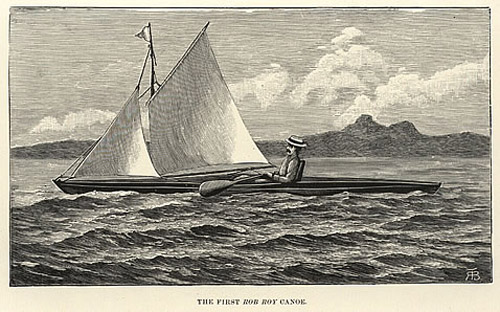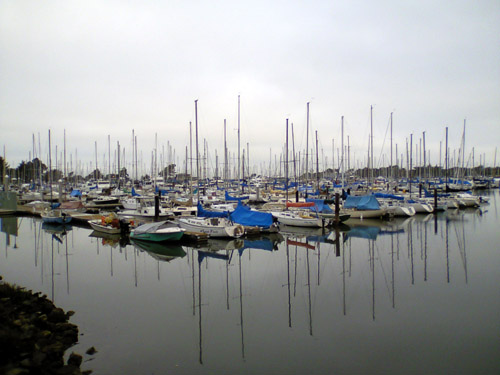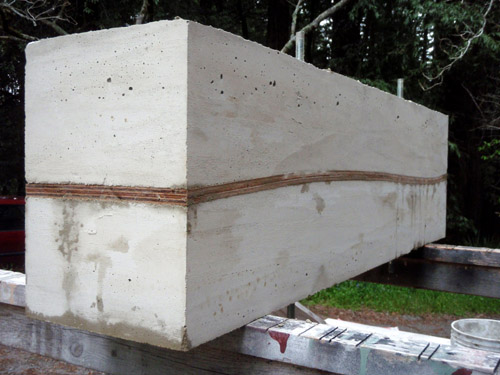
Sleeping aboard ‘Suddenly’ for the first time last night I discovered the perfect situation for reading and dreaming about a voyage. Snug in the harbor of the Berkeley Marina while the sailboat rolled and bobbed in the wind and changing tides, I switched between “1000 Miles in the Rob Roy Canoe” (1865) and “The Voyage Alone in the Yawl Rob Roy” (1868), both by John MacGregor. I first stumbled upon the Scottish explorer’s writings while researching the right boat to build for day trips on my favorite local waterways, Tomales Bay and Estero Americano. I’ve since purchased plans of the Rob Roy concept adapted by Ian Oughtred, and plan to build my own version as a back-burner project in the shop over the next year or so. My favorite writings whet the appetite for adventure, so I wanted to share some excerpts from each of MacGregor’s sequential books. The first chronicles MacGregor’s journeys on the major rivers of Northern Europe in a 15′ kayak/canoe, and the second is an account of a voyage across the English Channel in a scaled up version of a similar design, albeit sans paddle, with more sail area and a ballasted keel:
“Now these very things which bother the “pair oar,” become cheery excitements to the voyager in a canoe. For now, as he sits in his little bark, he looks forward, and not backward. He sees all his course, and the scenery besides. With one sweep of his paddle he can turn aside when only a foot from destruction. He can steer within an inch in a narrow place, and can easily pass through reeds and weeds, or branches and grass; can work his sail without changing his seat; can shove with his paddle when aground, and can jump out in good time to prevent a bad smash. He can wade and haul his craft over shallows, or drag it on dry ground, through fields and hedges, over dykes, barriers, and walls; can carry it by hand up ladders and stairs, and can transport his canoe over high mountains and broad plains in a cart drawn by a man, a horse, or a cow.
Besides all this, the covered canoe is far stronger than an open boat, and may be fearlessly dropped into a deep pool, a lock, or a millrace, and when the breakers are high in the open sea or in river rapids, they can only wash over the deck of a canoe, while it is always dry within.
The canoe is also safer than a rowing-boat, because you sit so low in it, and never require to shift your place or lose hold of the paddle; while for comfort during long hours, for days and weeks of hard work, the canoe is evidently the best, because you lean all the time against a swinging backboard, and when the paddle rests on your lap you are at ease as in an arm-chair; so that, while drifting along with the current or the wind, you can gaze around, and eat or read, or sketch, or chat with the starers on the bank, and yet, in a moment of sudden alarm, the hands are at once on the faithful paddle ready for action.
Finally, you can lie at full length in the canoe, with a sail as an awning for the sun, or a shelter for rain, and you can sleep at night under its cover, or inside it when made for that purpose, with at least as much room for turning in your bed as sufficed for the great Duke of Wellington; or, if you are tired of the water for a time, you can leave your boat at an inn–where it will not he “eating its head off,” like a horse; or you can send it home, or sell it, and take to the road yourself, or sink back again into the lazy cushions of a first-class carriage, and dream you are seeing the world.” (from ‘1000 Miles in the Rob Roy Canoe’, 1865) Continue reading “MacGregor’s ‘Rob Roy’”









